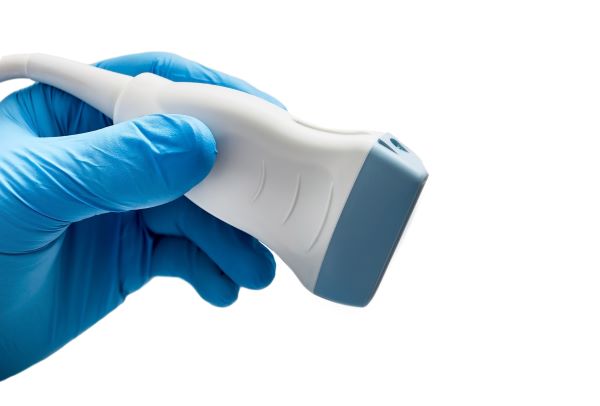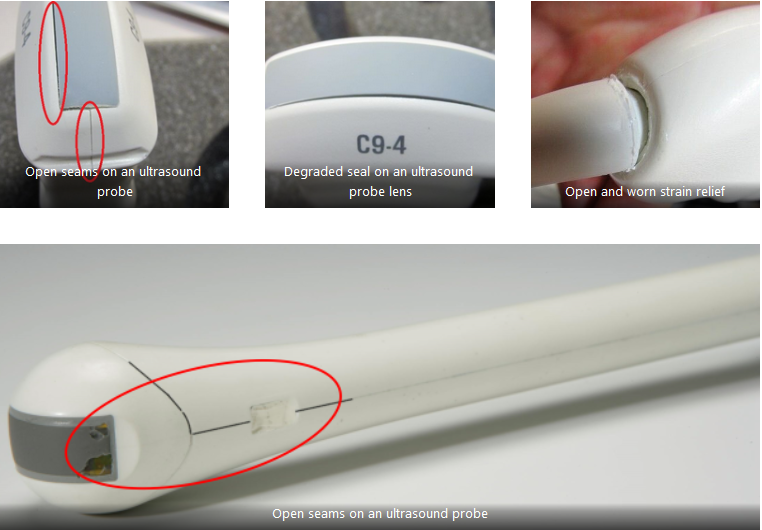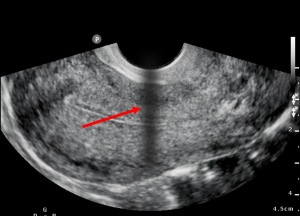When it comes to imaging devices, little things go a long way…and not always in the right direction. A little slip of the hands could cause significant trauma to your TEE …
Field Testing Ultrasound Probes
We’re often asked, “What are some of the most common failures with ultrasound probes?”. We can confidently say, “It depends”. We’re also asked, What’s the best method of field testing …
Taking a closer look: Micro-damage
It can be frustrating to HTM teams, and end-users, to learn that their ultrasound probe, that was only sent in to address a damaged strain relief, may require a more …
3D Ultrasound
Is it 3D, 4D, or 3D/4D, and what is 5D Ultrasound? You may be surprised to know that the first 3D ultrasound image was acquired back in 1986. Saying that …
Standard Ultrasound Probe Inspections
User manuals and service manuals distributed by Original Equipment Manufacturers stress the importance of frequent visual inspections of ultrasound probes. None actually provide good, solid guidance for performing thorough standard …
Early Warning Signs
If you don’t schedule time for preventive maintenance, your device will schedule it for you…and usually at the most inopportune time. A simple web search on the term preventive maintenance …
Visual Inspection of Ultrasound Probes
Anywhere from 30% – 40% of ALL ultrasound probes, in-use at ANY moment, require some level of repair. I can say that with firm confidence after visiting hundreds of customer …
Performing ultrasound probe quality assurance assessments: A How-to Guide
Performing ultrasound probe quality assurance assessments
Warning, Fragile!
We’ve often been asked, “Are there certain types of ultrasound probes that are more fragile than others?” or, “Are there certain probe types that are more prone to damage than …
5-Rules for Testing Ultrasound Image Quality
Recently, a customer reached out for some tech support for troubleshooting an image quality complaint from one of his sonographers. He had only just started supporting ultrasound and wanted some …
- Page 1 of 2
- 1
- 2










